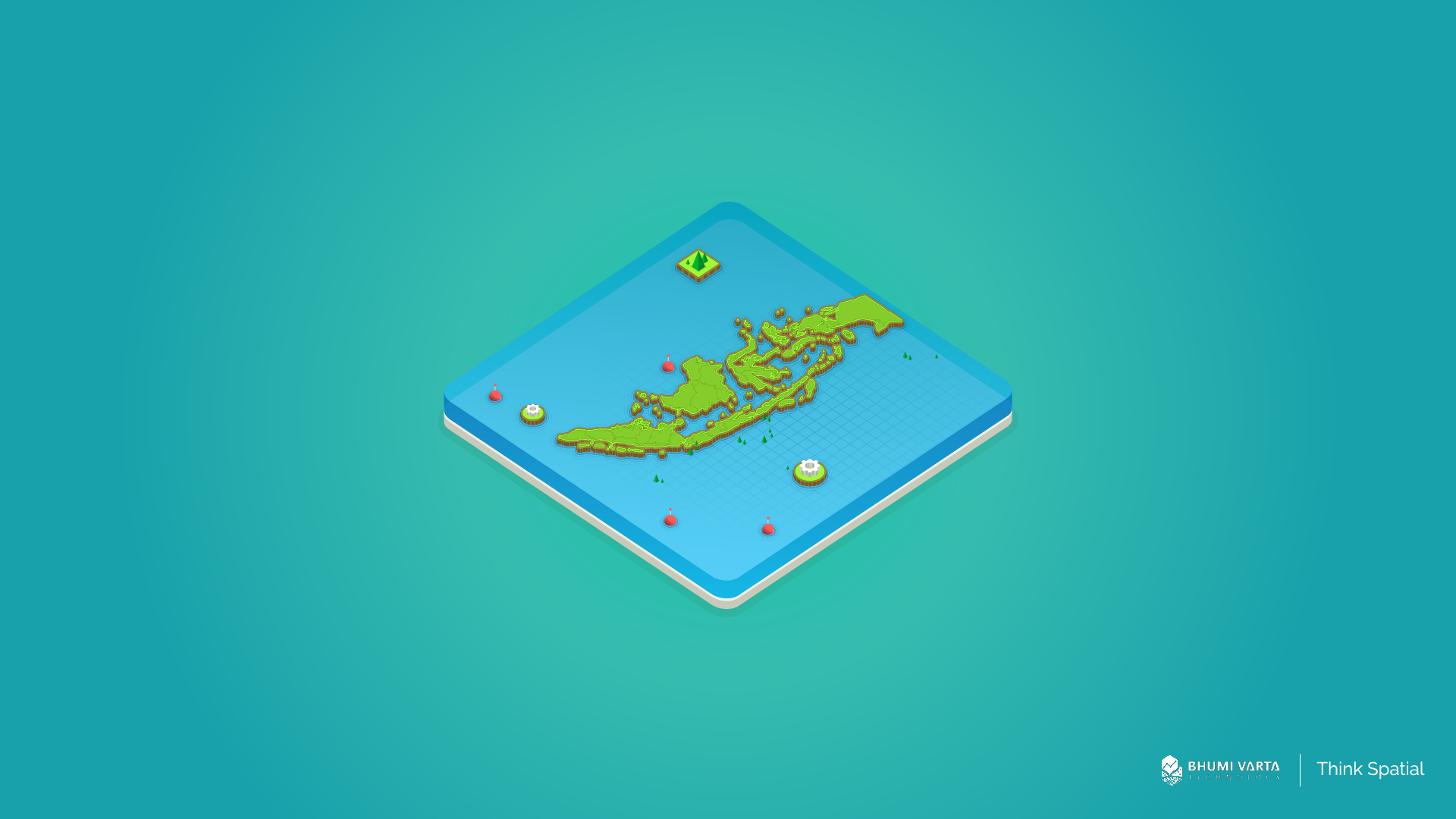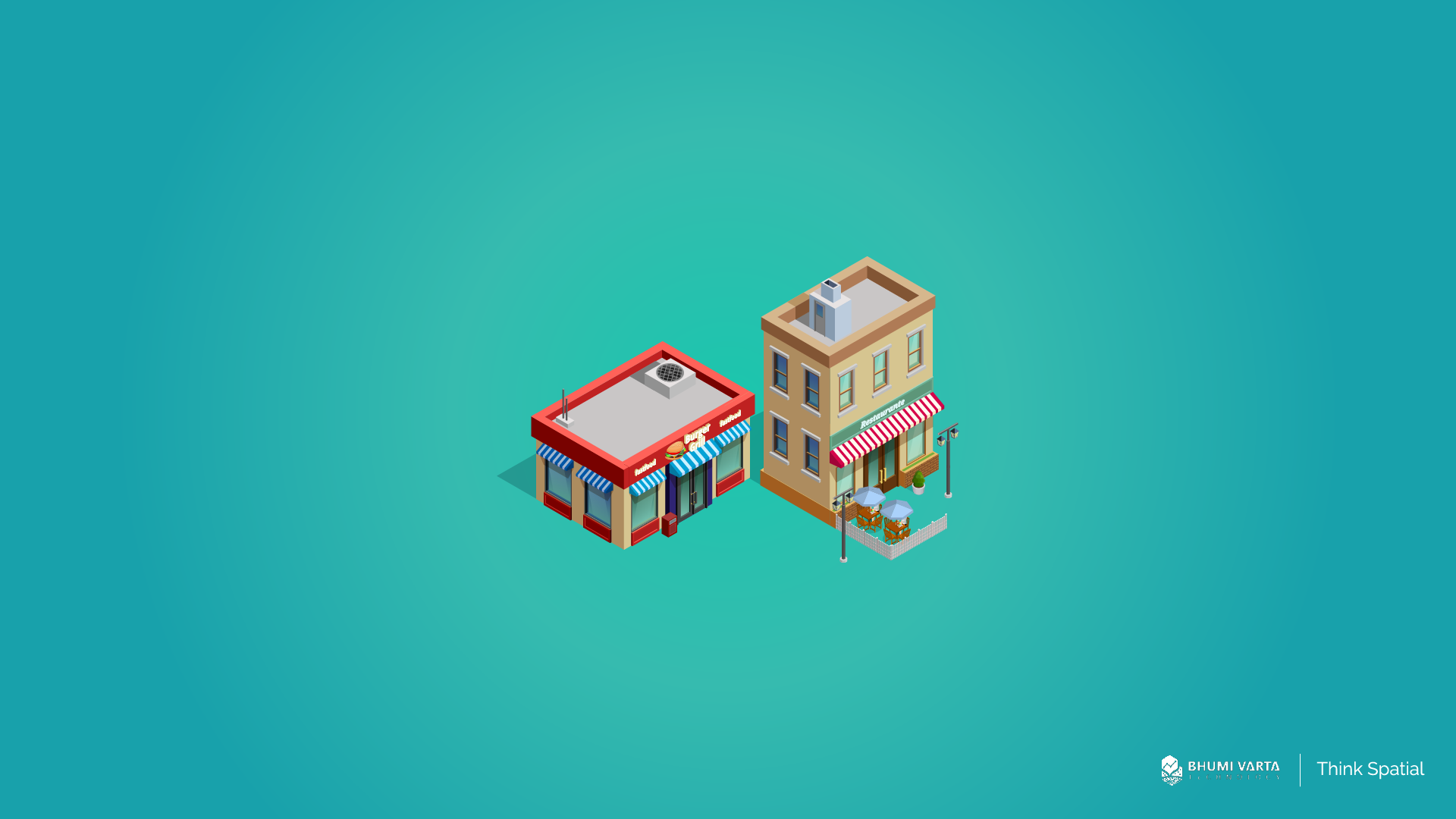When planning to expand their business, companies often look for areas with a high number of people, an understanding of the competition, awareness of nearby amenities, and other relevant factors. Utilizing dot density maps can greatly assist in comprehending these aspects and facilitate faster decision-making processes.
This article will provide a detailed explanation of dot density maps, from their definition to their benefits for businesses. Keep reading to find out more.
Contents
What is a Dot Density Map?
A dot density map is a type of thematic map that uses dots to represent the distribution density of a phenomenon or variable in a geographic area. Each dot on the map corresponds to the number of occurrences of the phenomenon being mapped.
Dot density maps are highly useful for visualizing the distribution of a phenomenon. They have been used for over 150 years to visualize data, as they illustrate clustered or aggregated points, making data comprehension effortless at a glance.
When is the Right Time to Use Dot Density Maps?
Businesses can use dot density maps to map population, election results, household density, or crime rates in a geographical area. These maps are effective because they provide an easy and quick way to visualize where the concentration of such phenomena occurs.
With dot density maps, businesses can compare data between different geographic areas. For example, a company can use dot density maps to compare the population between South Jakarta and Central Jakarta.
Types of Dot Density Maps
Dot density maps can be classified into two types: one-to-one dot maps and one-to-many dot maps. Let’s take a closer look at each type:
One-to-one dot maps
These maps are used to represent individual and discrete data where each dot represents a single occurrence or event. They are advantageous for forensic analysis or tracking the spread of diseases. For instance, they can be used to locate specific tree types or individual crime incidents in a city.
One-to-many dot maps
These maps are used to represent variable or continuous data where each dot represents the quantity of a single occurrence or event. They are usually employed for demographic analysis or resource distribution visualization. For example, they can be used to represent vote counts or accident numbers in a specific area.
Benefits of Dot Density Maps for Businesses
One of the significant advantages of dot density maps is their ability to present clear and easily understandable data visualizations. Here are some examples of how businesses can use dot density maps:
Viewing population density
When businesses need to determine where the majority of the population resides in an area quickly, they can use a dot density map. This map can show the distribution of residents in a city, making it easy for users to see where the majority of people gather.
The fewer dots on the map, the area is considered sparsely populated or has a low population density. Urban planners can also use these maps to monitor area changes from initially sparse to crowded and determine locations in need of new infrastructure development, parks, schools, and other public facilities.
Supporting expansion
Another benefit of dot density maps for businesses is assisting in business planning. For instance, if a business plans to open a new burger branch, it can consider several factors to determine the location, including the distance between similar businesses and the number of dining places in the area.
The dot density map will show the number of competitors in the area and areas with opportunities to be entered or utilized. Thus, businesses can make decisions more easily and quickly.
Determining business strategies
Next, dot density maps help businesses determine their business strategies. For example, if a business sells specialized golf equipment and the dot density map shows that the majority of the population within two to three kilometers of the store has an average age under 40 years old, then the business can decide to launch a new marketing campaign on social media platforms like Facebook to attract consumers’ attention.
On the other hand, if the dot density map shows few competitors in a particular area, the business can choose to increase the sales team there to cover areas not yet utilized by competitors.
Create Your Business Dot Density Map with LOKASI Intelligence
To create a dot density map, businesses can use various software or online tools, one of which is LOKASI Intelligence. LOKASI is a geospatial analytics and location intelligence platform that facilitates businesses in creating dot density maps to understand population density, household density, crime percentages, disease spread, and so on.
LOKASI Intelligence is also equipped with various location data such as demographic data, socioeconomic status, point of interest (POI), mobile data, and more. These data can be utilized by businesses to deepen their analysis.
Learn more about how LOKASI Intelligence can help businesses by contacting email: [email protected] or WhatsApp: 087779077750
FAQ
What is a dot density map?
A dot density map is a type of thematic map that uses dots to illustrate the distribution density of a phenomenon or variable in a geographic area.
What does a dot density map look like?
An example of a dot density map is visualizing housing density, population density, crime rates, disease spread, and more.
Dot density maps show what?
A dot density map identifies locations with a large or small amount of data points.



